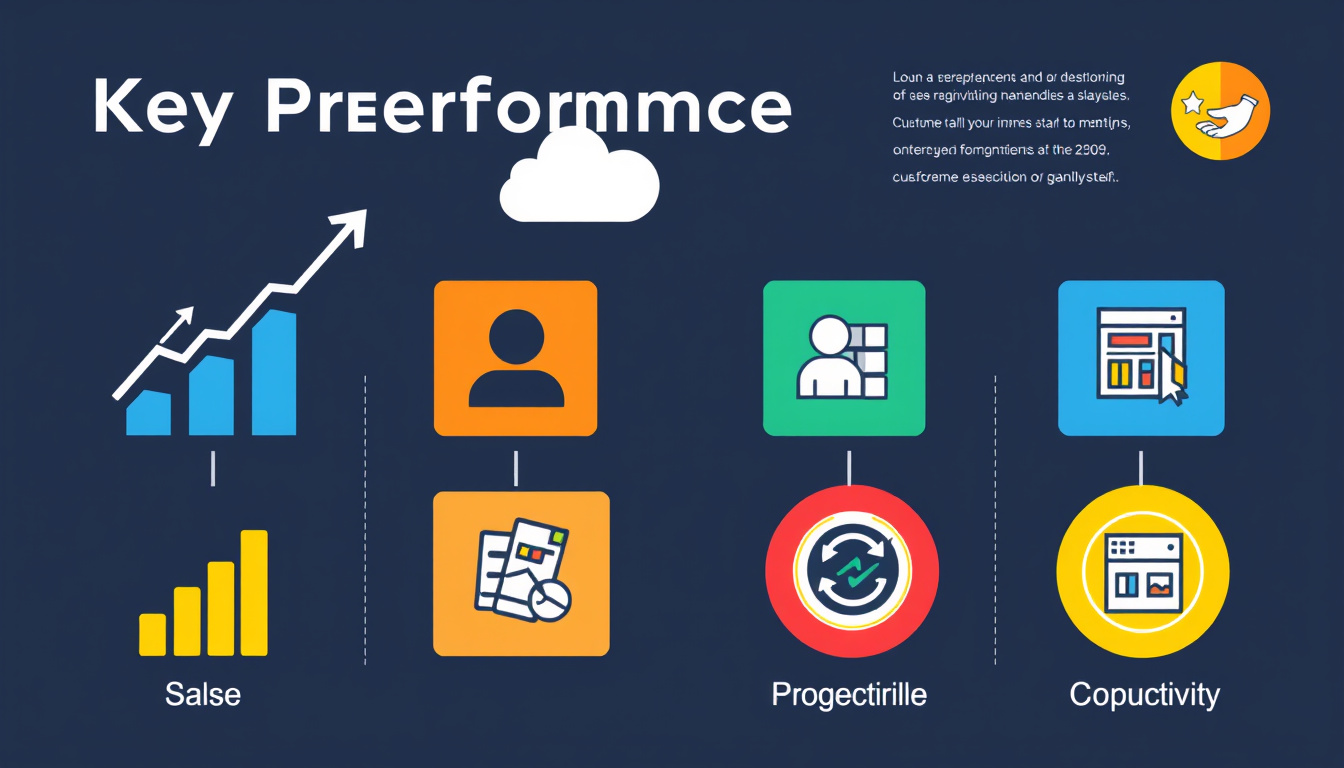Unlocking Success: Essential Performance Measurement Metrics for Businesses


In today's fast-paced and ever-evolving business environment, understanding how to measure success is paramount for companies striving to achieve their goals. One critical tool in this quest is the use of performance measurement metrics. These metrics serve as vital indicators that inform decision-making, optimize operations, and enhance overall business performance. Whether you are a small startup or an established enterprise, knowing how to effectively harness performance measurement metrics can be the key to unlocking success.
What Are Performance Measurement Metrics?
Performance measurement metrics can be defined as quantifiable indicators used to assess the effectiveness and efficiency of an organization in achieving its objectives. These metrics provide insights into various aspects of business performance, including productivity, revenue growth, customer satisfaction, and employee engagement. By analyzing these metrics, businesses can identify areas for improvement, set realistic goals, and implement data-driven strategies.
Why Are Performance Measurement Metrics Important?
- Informed Decision Making: Performance measurement metrics provide a solid foundation for data-driven decisions. By utilizing accurate data, businesses can identify trends, understand customer preferences, and allocate resources effectively.
- Goal Alignment: Having clearly defined metrics helps align team efforts with overall business objectives. This alignment fosters a culture of accountability and encourages employees to work towards common goals.
- Continuous Improvement: Regularly tracking performance metrics allows businesses to assess their progress over time. This ongoing evaluation aids in pinpointing weaknesses, fostering a culture of continuous improvement.
- Competitive Advantage: Companies that effectively use performance measurement metrics can quickly adapt to market changes, making them more competitive in their industries. By identifying what works and what doesn’t, they can pivot strategies with agility.
Essential Performance Measurement Metrics for Businesses
To unlock the power of performance measurement, businesses must focus on a tailored set of metrics that align with their specific goals. Here are some essential performance measurement metrics every business should consider:
1. Key Performance Indicators (KPIs)
KPIs are critical metrics that reflect the success factors of an organization. They vary by industry and objectives but typically include financial metrics (like revenue growth and profit margins), operational metrics (such as average response time), and customer-related metrics (like Net Promoter Score).
2. Return on Investment (ROI)
ROI measures the profitability of an investment relative to its cost. This metric is crucial for evaluating the effectiveness of marketing campaigns, new product launches, and other business investments. A strong ROI often indicates that resources are being utilized efficiently.
3. Customer Satisfaction Metrics
Customer satisfaction is vital to sustained business success. Metrics such as Customer Satisfaction Score (CSAT) and Customer Effort Score (CES) provide valuable insights into how customers perceive your products or services. High levels of customer satisfaction often correlate with increased loyalty and repeat business.
4. Employee Engagement Metrics
An engaged workforce can significantly impact a company's performance. Metrics such as Employee Net Promoter Score (eNPS) and turnover rates help gauge employee satisfaction and engagement levels. Companies with high employee engagement often see lower turnover rates and increased productivity.
5. Sales Performance Metrics
Sales metrics, such as conversion rates and sales growth, are essential for evaluating the effectiveness of sales strategies. Tracking these metrics allows businesses to identify successful tactics and areas needing attention, ultimately driving revenue growth.
6. Operational Efficiency Metrics
Operational efficiency metrics, like cycle time and inventory turnover, provide insights into how well a business optimizes its processes. Improving operational efficiency can lead to cost savings and enhanced customer service.
Implementing Performance Measurement Metrics
To effectively implement performance measurement metrics, businesses should follow these steps:
- Define Clear Objectives: Start by identifying specific business goals and determining which metrics are most relevant to measure success against those goals.
- Collect Data: Utilize various data collection methods such as analytics software, customer surveys, and employee feedback to gather relevant information.
- Analyze and Interpret Data: Regularly review the gathered metrics to identify patterns and trends. This analysis should drive informed decision-making and prompt necessary changes.
- Communicate Results: Share insights and results with team members. Transparency encourages collective responsibility and alignment with business objectives.
- Review and Adjust: Regularly revisit and adjust metrics as needed to reflect changes in the business environment, customer needs, or organizational goals.
Conclusion
Performance measurement metrics are more than just numbers; they are powerful tools that guide businesses toward successful outcomes. By identifying and utilizing the right metrics, organizations can make informed decisions, align teams toward common goals, and foster a culture of continuous improvement. In the competitive landscape of modern business, harnessing the power of performance measurement metrics is essential for unlocking the pathway to success. Embrace these metrics, and watch your business grow and thrive in today’s dynamic marketplace.




